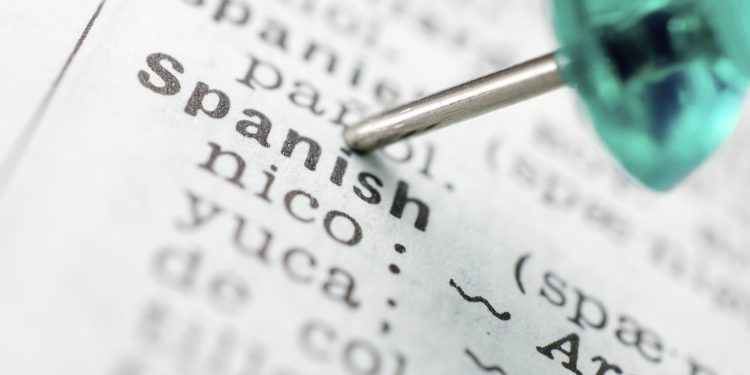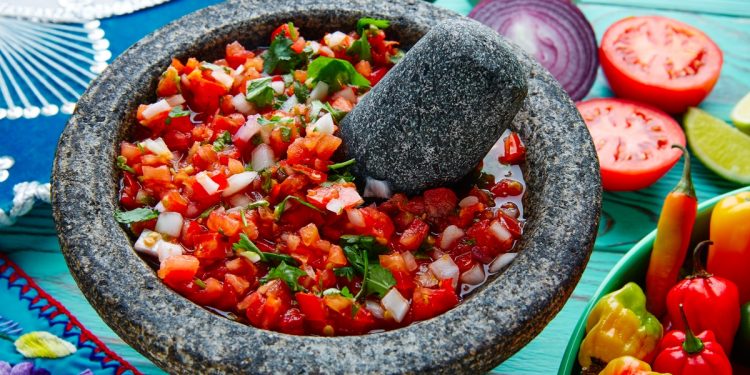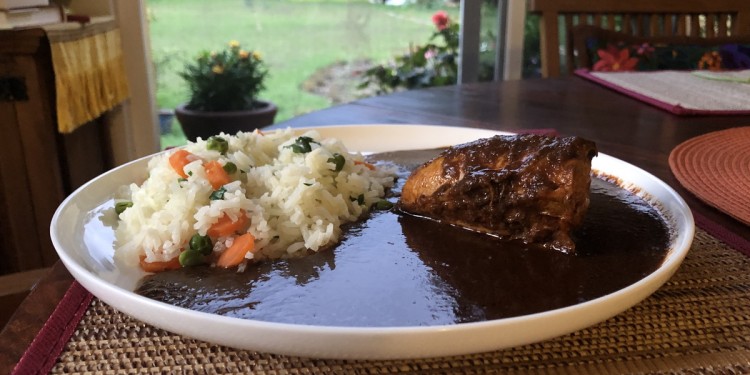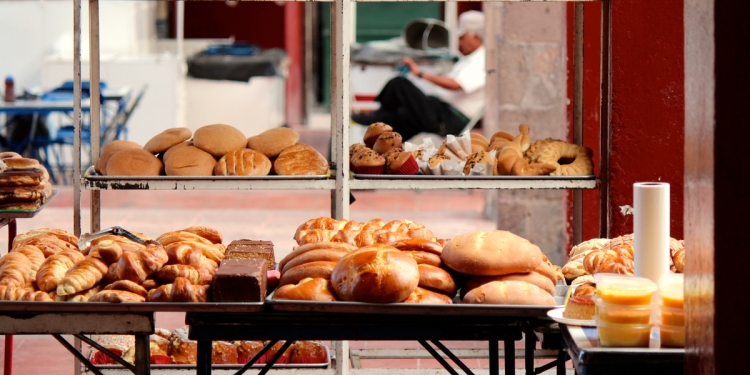Like the US and Europe, people in Mexico tend to take three basic meals a day, and may also tuck into some additional calories in-between meal times.
Breakfast in Mexico
Breakfasts are famously hearty in Mexico, especially at weekend gatherings, whereas the weight and timing of other meals depend more on people’s schedules and eating habits.
Desayuno derives from the Spanish word ayunar —to fast— and thus describes the first meal of the day.
Traditionally, this will include coffee, pan dulce, and the choice of a hearty main course to get the day started: most popular are molletes, chilaquiles and the different Mexican styles of cooking eggs —huevos rancheros, a la mexicana, huevos divorciados— and at family weekend breakfast gatherings this might include a corn-dough huarache topped with beans and chicken or cecina (salted beef), and cream.
While these dishes are traditionally taken at breakfast time, there are no hard and fast rules on what dishes apply to what meals of the day.
Lunch or dinner
Comida is the main meal of the day; in English it translates to lunch or dinner, depending where you’re from. Traditionally this meal is taken at around 2 p.m. and will include soup, a substantial main course, aguas frescas, a soda or beer, dessert and coffee.
Dinner or supper
Cena —dinner or supper— is taken later in the evening, anytime from 6 p.m. onward. This tends to be a lighter meal before bedtime, although it may also be more substantial, especially if one’s comida was on the light side.
Other meals throughout the day
There are also meals between meals, or combination meals like brunch.
Almuerzo tends to refer to brunch, i.e. a late heavy breakfast —usually taken on leisurely weekends— that can be substantial enough to tide the diners over until the evening meal. It can also refer to lunch in the U.S. sense: a light midday meal to be followed by a more complete cena (not comida which is always in the afternoon).
Merienda usually refers to a light afternoon meal between comida and cena. It could be coffee or milk with cookies, or buñuelos, which are sugar coated fritters, or any of Mexico’s selection of sweet bread, pan dulce. The British would call this “afternoon tea.” Americans probably just refer to it as an afternoon snack. Merienda can also be instead of the cena, if the comida was more of a dinner than a lunch.
Corresponding verbs
Each of the meals has its corresponding verb: desayunar, almorzar, comer (which means “dine” and is also the generic “eat”), merendar, and cenar. The verbs are descriptive and don’t come across as pompous, as can be the case with English if you say you “breakfasted” at such and such a time, or “lunched” at one.
Mexico in your inbox
Our free newsletter about Mexico brings you a monthly round-up of recently published stories and opportunities, as well as gems from our archives.






